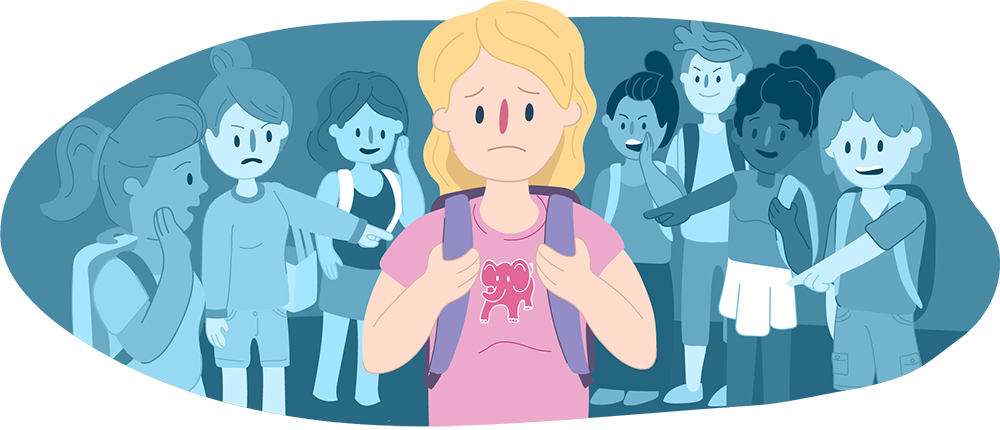Bullying
BULLYING
Bullying is an ongoing or repeated misuse of power in relationships, with the intention to cause deliberate (on purpose) psychological harm. Bullying behaviours can be verbal, physical or social.
Bullying can happen anywhere – at home, online, with friends, in a group, or at the workplace.

Types of bullying:
1. Verbal: Name calling, teasing, putting someone down, threatening to cause someone harm.
2. Physical: Poking, pushing someone, breaking someone’s things, pulling faces or making rude hand signals.
3. Social: Lying, spreading rumours, leaving someone out on purpose, embarrassing someone in public.
4. Cyberbullying: Sending hurtful messages, pictures or comments.
Why people don't report bullying ?
1. Fear of retaliation.
2. Worries of making it worse.
3. Concern about being believed.
4. Failure to recognise bullying.
5. Thinking It won't help.
6. Not knowing how to report.
What are some ways organisations and individual managers can help people feel more comfortable to make a claim?
Many times, bullies are the people that we would least suspect. They may be popular, do well at work, or have a high standing in the workplace.
Consequently, when these people are pointed out a victim who is often in trouble, prone to storytelling, or has disciplinary issues, it's natural for the people being bullied to assume no one will believe them. They may be afraid that others will assume that they are lying or making it up.
Techniques an organisation can use to ensure that people are more comfortable to report bullying:
1. Keeping the identity anonymous of the person who reports bullying.
2. Investigating the issue.
3. Providing people with support and help they need and listening to them.
Comments
Post a Comment